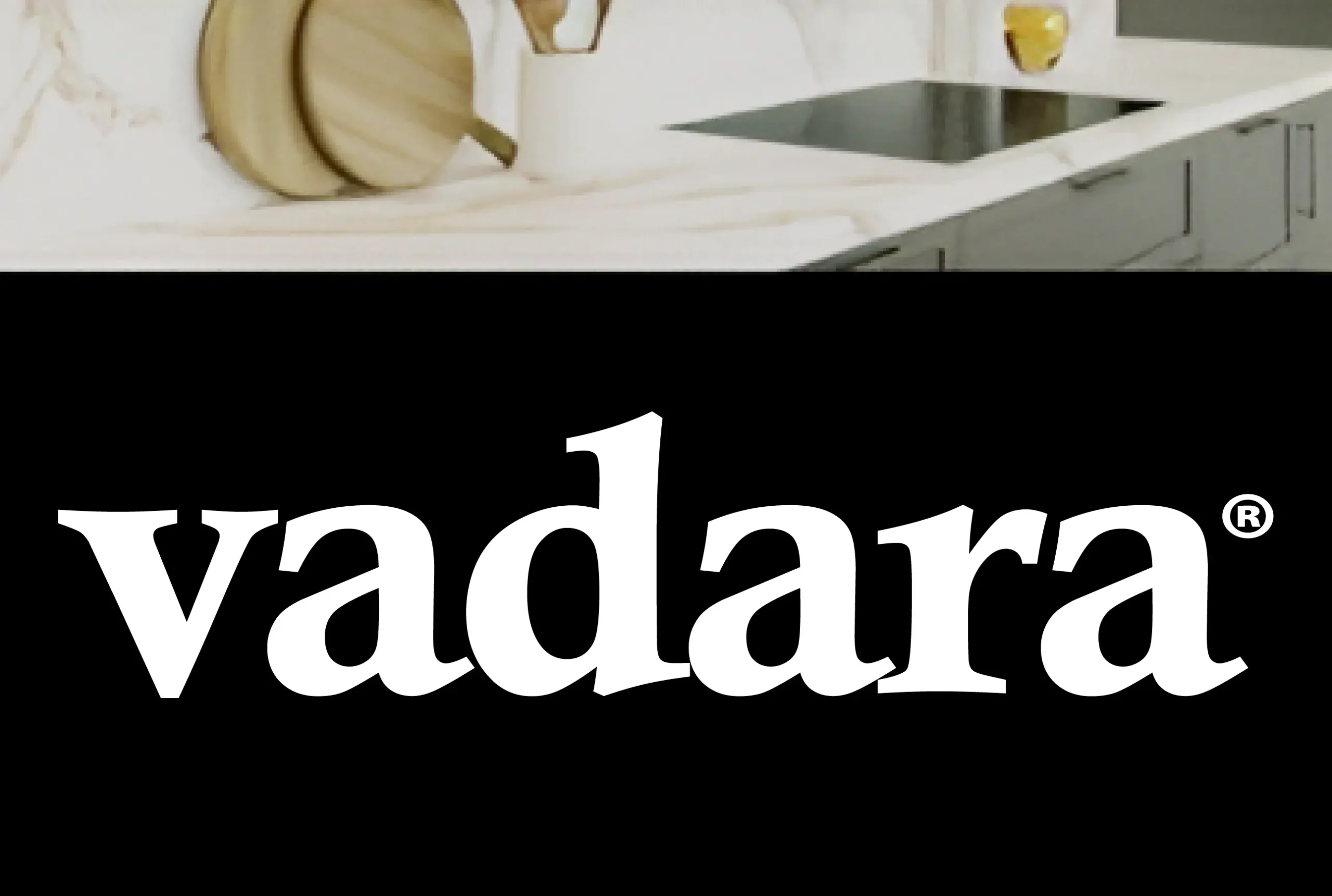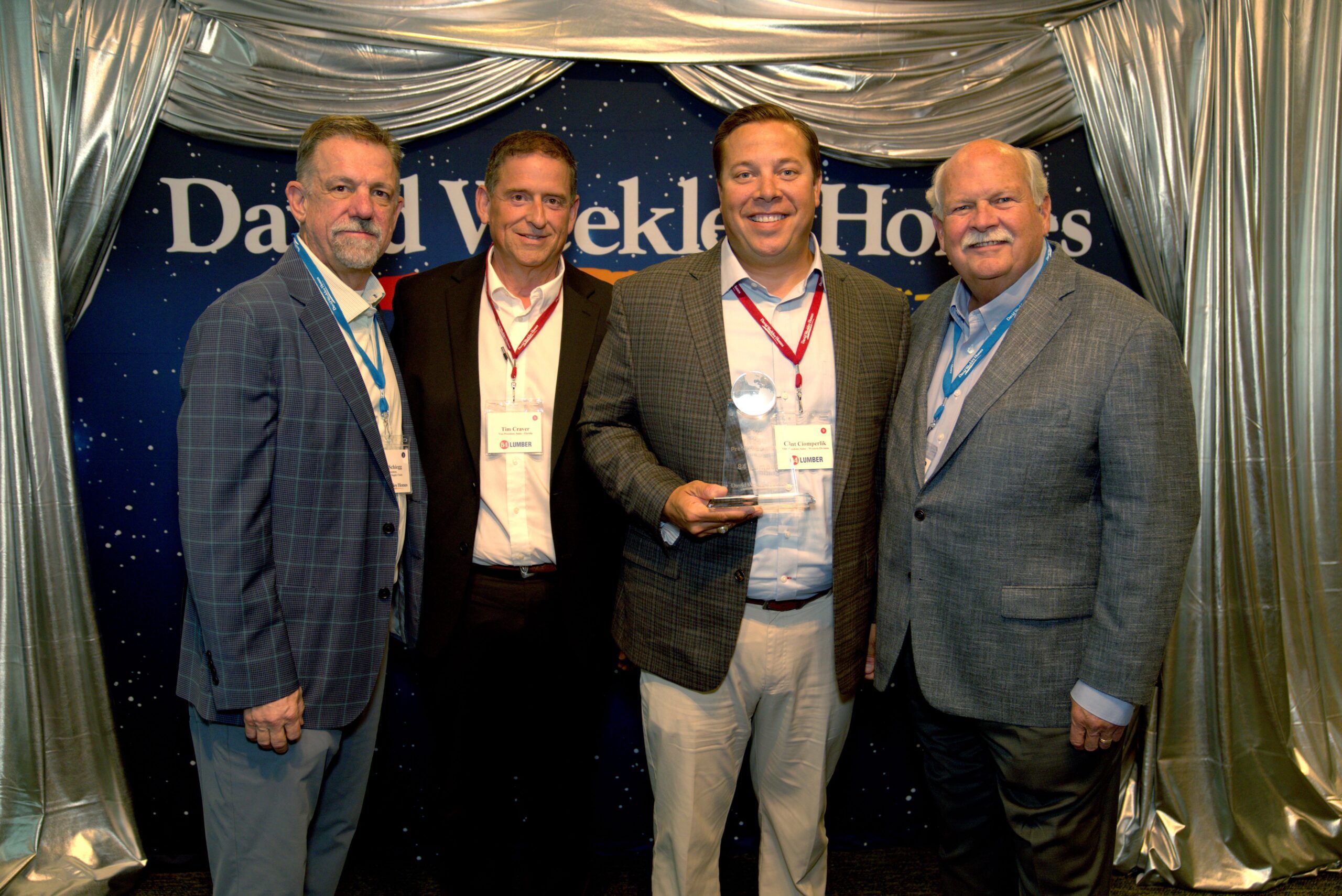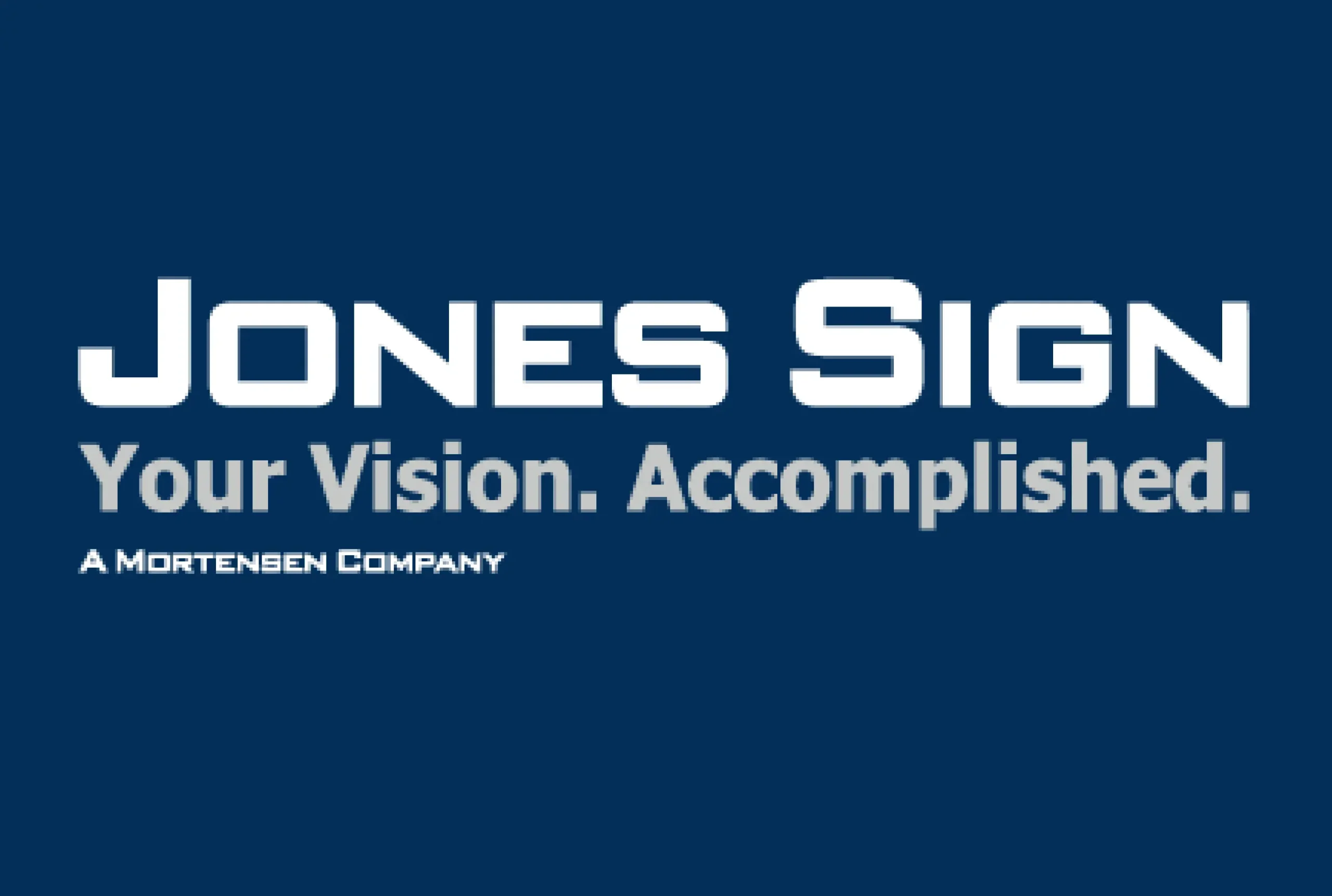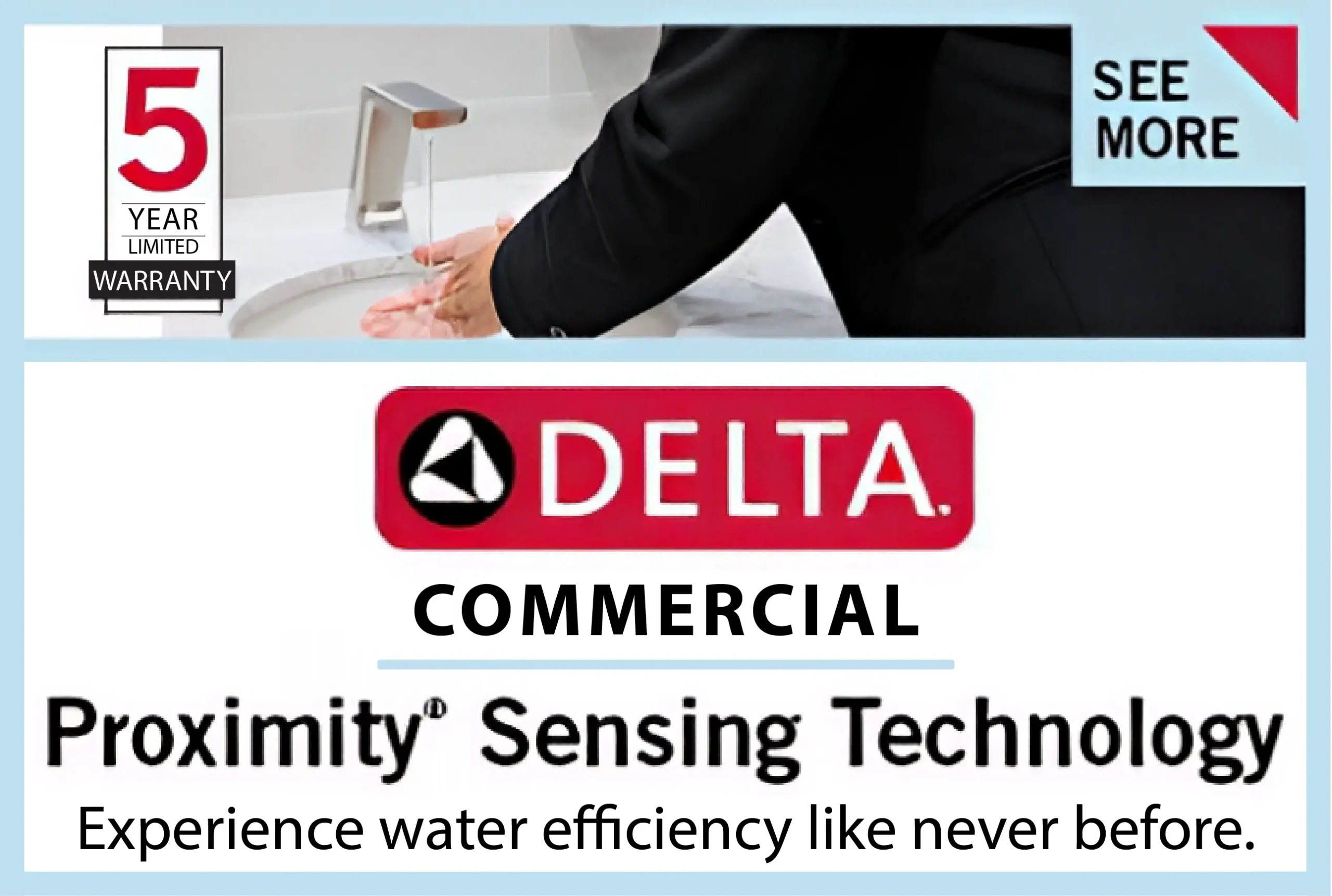Moving out of a rental property comes with many responsibilities, and one of the most important tasks is ensuring the space is thoroughly cleaned. Many tenants underestimate the importance of move out cleaning, assuming a simple sweep and dusting will suffice. However, overlooking key cleaning tasks can result in deductions from the security deposit or additional charges from the landlord.
A detailed approach to cleaning ensures that the property is left in the best possible condition, increasing the chances of receiving the full deposit back. Understanding common cleaning mistakes can help renters avoid unnecessary expenses and move out with confidence.
1. Not Reviewing the Lease Agreement First
Before tackling the cleaning process, it’s essential to check the lease agreement. Many landlords or property managers include specific cleaning requirements that tenants must follow to get their full security deposit refunded.
What to Look for in the Lease Agreement:
- Detailed cleaning checklist outlining specific expectations.
- Carpet cleaning requirements (some landlords require professional steam cleaning).
- Appliance and fixture conditions that must be met.
- Penalties for missed cleaning tasks that could lead to deductions.
Skipping this step may result in avoidable charges, even if the space appears clean.
2. Ignoring Deep Cleaning Tasks
Move out cleaning requires more than just surface-level tidying. Many tenants focus on visible areas while neglecting deep cleaning tasks that landlords inspect closely.
Commonly Missed Deep Cleaning Areas:
- Baseboards and door frames that collect dust and grime over time.
- Inside cabinets and drawers where crumbs and debris accumulate.
- Behind and underneath appliances where dirt builds up unnoticed.
- Bathroom grout and shower doors that show signs of soap scum and mildew.
Failing to address these areas can result in additional cleaning fees deducted from the deposit.
3. Forgetting to Clean Walls and Light Switches
Walls and light switches are often overlooked, yet they can accumulate fingerprints, scuff marks, and stains. Landlords inspect these areas to determine whether touch-ups or repainting are necessary.
How to Properly Clean Walls and Light Fixtures:
- Use a mild detergent or magic eraser to remove scuff marks.
- Dust and wipe light switches to eliminate fingerprints and grime.
- Check for nail holes and patch them if required.
A simple cleaning routine for walls and switches can prevent unnecessary deductions.
4. Leaving Appliances in Poor Condition
One of the biggest cleaning mistakes tenants make is forgetting to properly clean kitchen appliances. Many landlords expect appliances to be returned in the same condition as when they were rented.
Important Appliance Cleaning Steps:
- Oven: Remove grease and baked-on residue from racks and walls.
- Refrigerator: Empty and wipe down shelves, removing any lingering odors.
- Dishwasher: Clean the filter and remove hard water buildup.
- Microwave: Wipe down the interior and remove food splatters.
Skipping these steps may lead to cleaning fees or deductions from the security deposit.
5. Not Addressing Carpet Stains and Flooring
Flooring is one of the first things landlords check during the final walkthrough. Stains, scratches, or general wear and tear can impact the return of the deposit.
How to Properly Clean Floors Before Moving Out:
- Vacuum and mop all floors, including corners and edges.
- Spot clean carpet stains using an appropriate stain remover.
- Polish hardwood floors to restore their shine.
- Check under rugs and furniture for hidden stains or damage.
Taking time to clean floors thoroughly can prevent additional charges for professional cleaning or repairs.
6. Overlooking Windows and Window Sills
Dust and dirt accumulate on window sills and blinds, and streaky windows can make a space look unkempt.
Key Window Cleaning Tasks:
- Wipe down window sills and tracks to remove accumulated dust.
- Clean blinds or curtains based on the manufacturer’s instructions.
- Use streak-free glass cleaner to ensure windows look spotless.
Clean windows can make the entire space look brighter and more inviting, leaving a positive impression on the landlord.
7. Not Checking Outdoor Areas
If the rental includes outdoor spaces such as balconies, patios, or entryways, these areas also need to be cleaned before moving out.
Outdoor Cleaning Checklist:
- Sweep and remove debris from patios or walkways.
- Wipe down railings and doors leading outside.
- Dispose of any trash or furniture left in outdoor areas.
Leaving outdoor areas untidy may result in additional cleaning or disposal fees.
8. Ignoring the Final Touches Before the Walkthrough
Even if everything has been cleaned, small overlooked details can lead to deductions. A final check ensures that nothing has been missed.
Final Cleaning Steps Before Moving Out:
- Empty all trash bins to avoid lingering odors.
- Run the garbage disposal to clear out any food particles.
- Check for forgotten personal items in cabinets, closets, and storage areas.
- Leave keys, garage remotes, or security fobs as instructed in the lease agreement.
A last-minute walkthrough allows tenants to catch any missed spots and make final adjustments.
9. Assuming DIY Cleaning Is Enough for a Security Deposit Return
While some tenants opt to handle cleaning themselves, professional house cleaning services can ensure a more thorough job and save time. Many landlords appreciate move out cleaning done by experts, as it guarantees a high standard of cleanliness.
Too Clean Homes provides professional cleaning services that help tenants meet move-out requirements with ease. By choosing a trusted service, renters can improve their chances of receiving their full security deposit back.
10. Leaving Cleaning for the Last Minute
One of the biggest mistakes renters make is waiting until the last day to start cleaning. Rushing through the process increases the risk of missing important tasks.
How to Plan for a Stress-Free Move Out Cleaning:
- Start cleaning in sections several days before moving out.
- Pack belongings first, then clean each room as it’s emptied.
- Schedule deep cleaning for major areas like kitchens and bathrooms.
- Allow time for a final walkthrough to catch anything overlooked.
A well-planned approach ensures a smooth move and a spotless rental space.
Final Thoughts: Avoiding Costly Cleaning Mistakes
Move out cleaning plays a significant role in securing a full security deposit refund. By addressing overlooked areas, deep cleaning appliances, and ensuring every detail is handled, renters can leave their previous home in excellent condition.
Planning ahead, using professional house cleaning services when needed, and following a detailed checklist can make the moving process smoother and stress-free. Leaving a rental property spotless not only benefits the next tenant but also ensures a positive rental history for the tenant moving forward.











